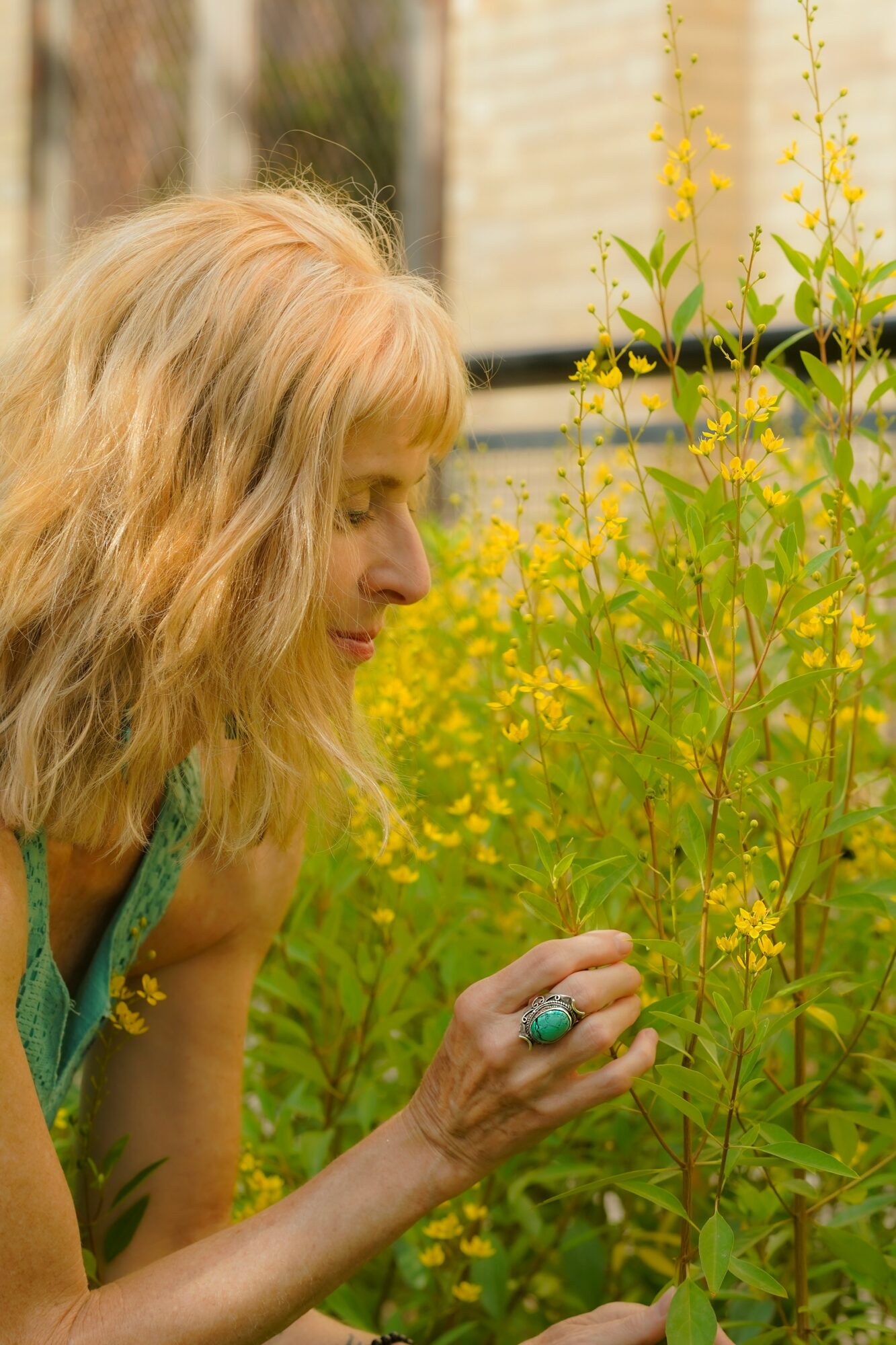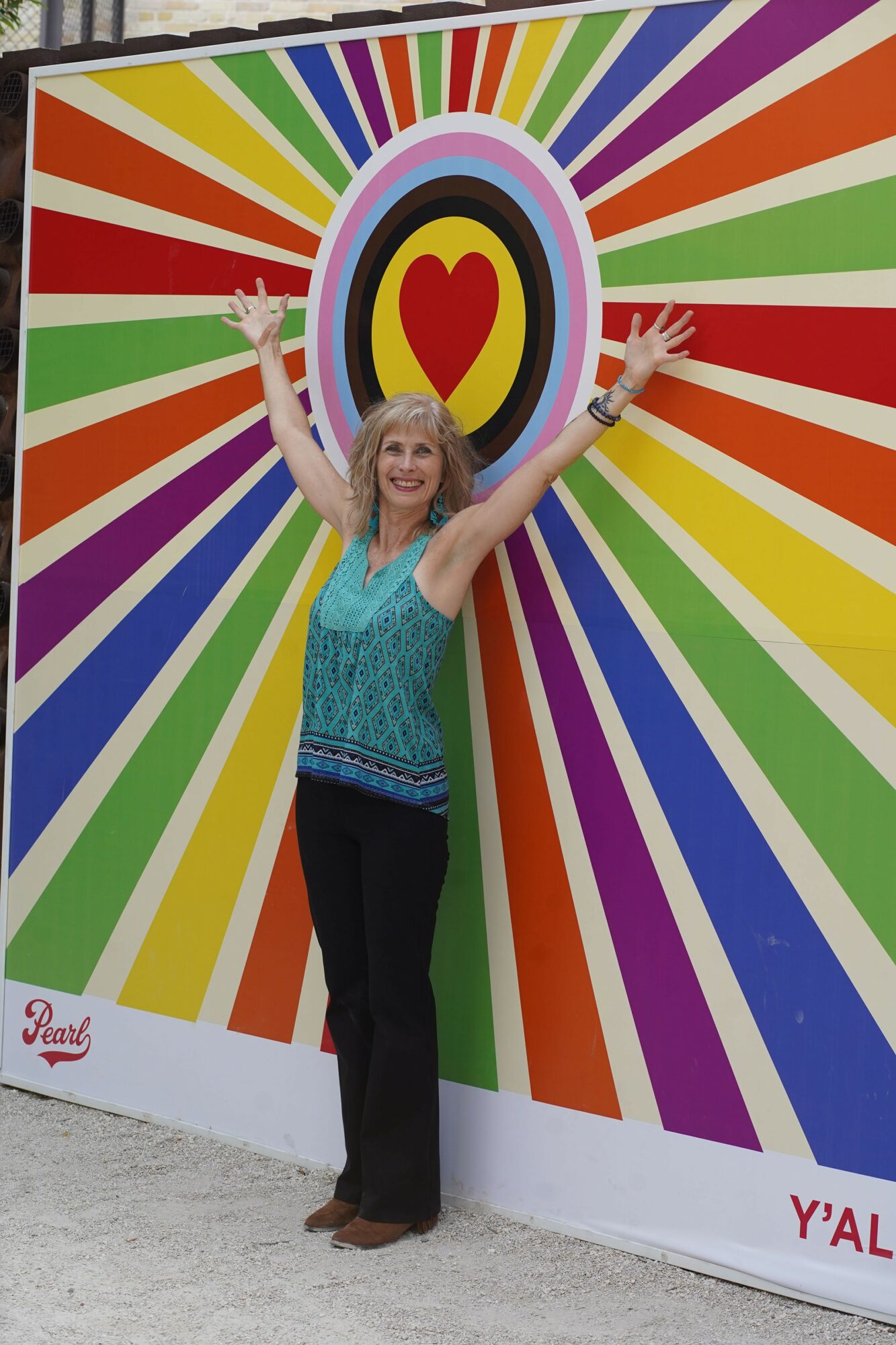 Today we’d like to introduce you to Carmen Calatayud.
Today we’d like to introduce you to Carmen Calatayud.
Hi Carmen, we’d love for you to start by introducing yourself.
When my father died unexpectedly, every part of my life fell apart. I made it back home, just in time to spend my father’s last few hours with him: He was alive but unconscious in an inpatient hospice unit.
After his death, I realized I needed to end a long-term relationship with someone suffering from addiction, and then moved across the country. Most friends were supportive, but some couldn’t understand the depth of what I was going through.
What I learned is that when you’re experiencing trauma or grieving a major loss, you often experience secondary losses, such as friends who aren’t able to be there for you like you thought they would.
Time and time again, my clients share similar stories about their own trauma and grief. My experience trying to find the right kind of trauma and grief support led me to return to graduate school to become a mental health counselor.
It wasn’t until I was out of school and working in the field that I started to learn about the effects of trauma and grief on the body and the nervous system. When I learned that connecting to my body and creativity could help me heal, I started to get better and my life experience began to make more sense.
Learning about how body psychotherapy and creative arts therapies–these nonverbal approaches–are the key to healing changed the way I work with clients. After 16 years as a psychotherapist helping people process their trauma and grief, I’m still passionate about this work.
Can you talk to us a bit about the challenges and lessons you’ve learned along the way? Looking back would you say it’s been easy or smooth in retrospect?
The major struggle has been a lack of awareness in our culture about the importance of being connected to the body and our emotions. In Western culture, we’re taught that it’s all about our thoughts–if you just think positive thoughts and change the way you think, everything will be fixed.
But the research tells us this is not true. That’s only a piece of how the brain and nervous system work. Teaching people that using the body in different ways–breathing, awareness, gentle movement, writing, making art–is teaching them a new approach to healing.
This is how we reach the nonverbal part of the brain where traumatic memories are stored.
Ivy League institutions have researched and proven these body-based methods are crucial, but indigenous cultures have always known this. Mindfulness, movement, dancing, drumming, writing, storytelling, playing music, and creating art are some examples. And if we can connect thoughts to body sensations, and notice how thoughts make us feel, that’s even better.
Even with this challenge, it’s still beautiful to see how my clients resonate with a holistic approach. They find relief in knowing that it’s not their fault they can’t “outthink” their trauma and grief. Once they start connecting with their body and creativity again, they can feel that truth and really begin to make progress.
Thanks for sharing that. So, maybe next you can tell us a bit more about your business?
I offer mental health counseling via video from San Antonio for anyone who lives in Texas at Auravia Holistic Therapy.
My specialty is working with open-minded adults who have experienced trauma or grief from a difficult childhood, relationship challenges, addiction recovery, or any losses in life. Some of my clients have tried therapy but found that just talking didn’t lead to any change, even though it was supportive.
While we talk in therapy, I bring the sensations of the body and your creativity into the space for a holistic approach. Once you get something on paper or feel it in your body, then you can see it and understand it, Watching children is a great way to recognize that we were all born with the ability to listen to our bodies and be creative. We can regain these abilities as we heal.
Slowing down and feeling safe again is something the body have to relearn. Allowing the body to express and release stress and emotions takes practice, but there is relief and even joy on the other side. Sometimes my clients tell me they didn’t think laughing could be part of therapy but they’re glad it is.
If you’re looking for a whole-person approach to your mental health challenges, I’d be happy to talk with you. I bring my many years of professional and personal experience to my work and consider it a sacred honor to share a healing space with you.
What matters most to you? Why?
What matters most to me is that showing up and being vulnerable is the most courageous thing any of us can do. Vulnerability is not weakness, and as Brene Brown’s research tells us, that myth is dangerous.
Vulnerability, honesty, and safety are at the root of healing work. When we don’t allow ourselves to be vulnerable and share our truth, we get stuck in shame and act out in unhealthy ways. But when we return to our authentic selves, we can connect with others deeply.
In my work, I connect with my clients and help them recognize that connecting with others can be safe. We don’t have to do this life work alone. We don’t have to isolate ourselves or live life in secret. We have each other.
Contact Info:
- Email: [email protected]
- Website: https://auraviatherapy.com/about/





 Image Credits
Image Credits
Nicole Moore











